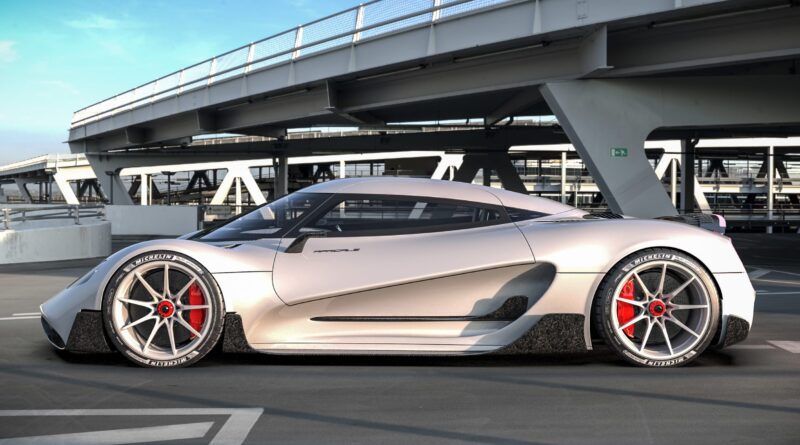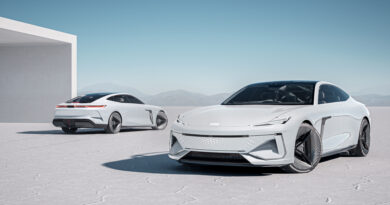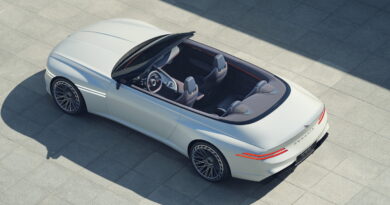Viritech Apricale hydrogen hypercar unveiled
Why a hydrogen hypercar? British start-up firm Viritech sums it up succinctly. Its Apricale is claimed to weigh just half that of its battery-lugging hypercar competitors.
Production of these fuel-cell Apricales is set to begin in early 2023, limited to a run of just 25. Little has been released about these British hypercars, but power is a reported 820kW, range an incredible 800km and each will cost approximately £1.5 million ($2.7 million). Ideal if your Pininfarina Battista hypercar just isn’t exclusive enough.
With a Rimac C_Two tipping the scales at 1950kg, Viritech’s weight claim would place the Apricale hydrogen hypercar at under a tonne. If it considers the incoming 1471kW/1700Nm Lotus Evija a competitor, its weight of 1680kg would make Viritech’s claims a dash fanciful.

However, hydrogen does look an excellent solution to solving battery-powered electric hypercars’ biggest handicap: battery weight. A Fuel Cell Electric Vehicle (FCEV) just needs to have its hydrogen tank filled, which in turn feeds a fuel cell to create electricity to power electric motors. In other words, no need to lug around over half a tonne of battery packs.
Viritech says the Apricale is: “our Trojan horse – the attention-grabbing icon for a business focused on developing hydrogen powertrain solutions. We realised a hypercar would be the most effective way to demonstrate hydrogen’s advantages over batteries.”
For weight saving, Viritech says it set about “creating a new design for hydrogen tanks, resulting in our first Patent Application for a lightweight, structural, graphene composite pressure vessel, capable of being used as a structural component of the monocoque chassis of the Apricale.”
Basically, this resolves the problem of using a heavy hydrogen tank where to store 5kg of the gas (offering a range of about 500km in a family car) under high pressure (up to 700 bar) typically requires a tank weighing around 100kg.
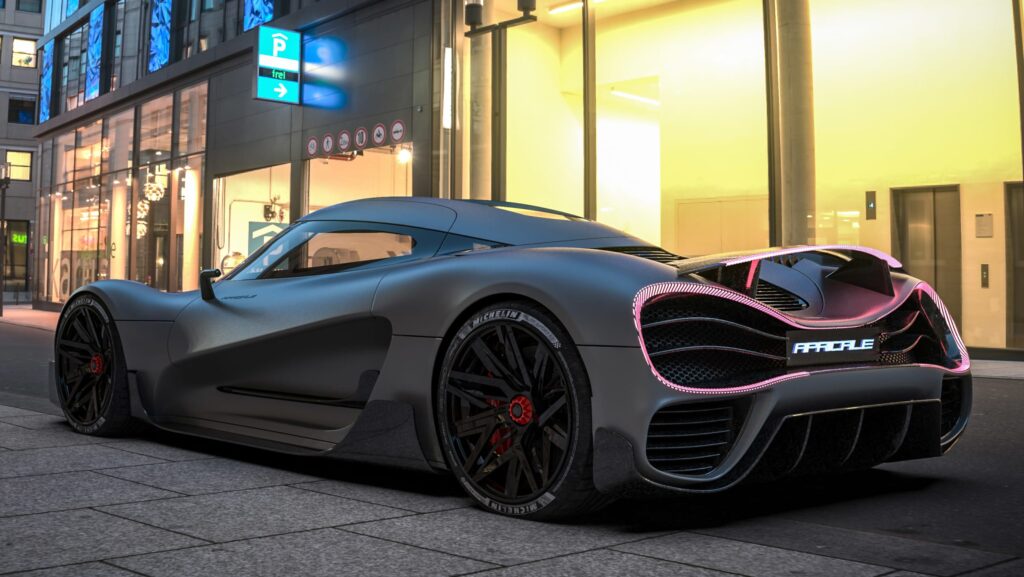
We spoke to Cranston Polson, CEO of Australian hydrogen specialist H2H Energy, about his thoughts on using hydrogen in hypercars.
“The same as heavy goods vehicles, hydrogen gives a much better energy-to-weight ratio,” he said. “Batteries are too heavy. By the laws of diminishing returns, if you keep it lighter it will go further, and in the case of hypercars, faster.”
Mr Polson, who has assisted OEM car companies Toyota and Hyundai with hydrogen refuelling services for their Mirai and Nexo respectively, said he is seeing a definite shift towards FCEVs across many vehicle categories.
“The limiting factor right now is refuelling, but there’s greater momentum for refuelling stations and hydrogen itself. The fuel is going to be so much more commonplace and cost less than it currently does.
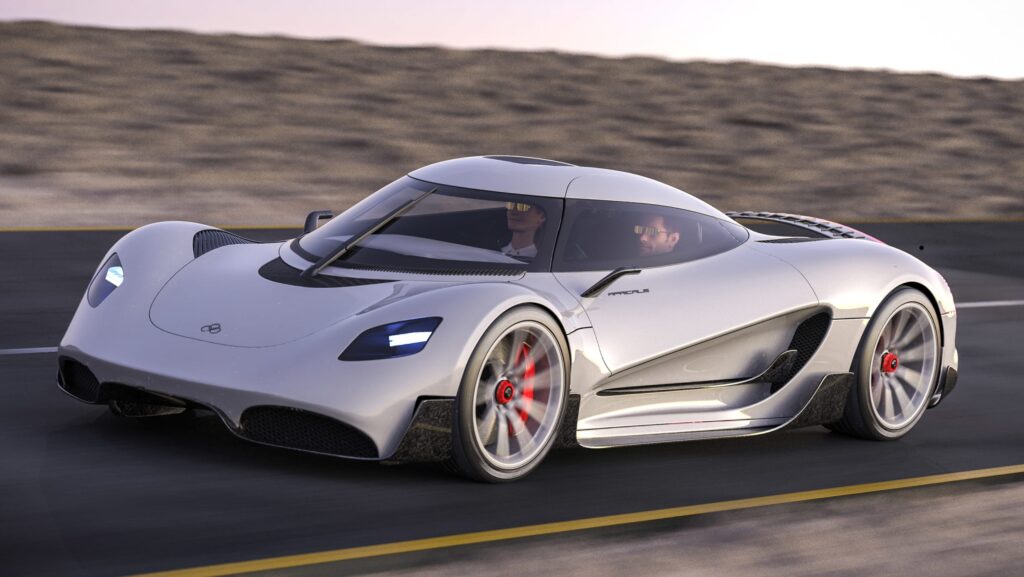
“There are many car companies developing hydrogen hypercars. There’s Hyperion in California with its XP-1, Pininfarina and others. There are quite a few hydrogen filling stations in California already, and you’d have to think there would be an ideal target market for these cars.”
Both Toyota and Hyundai acknowledge hydrogen is viable for Australia, and while hypercars may be a bridge too far for these brands (don’t totally discount it though), the big question is if and when the likes of Ferrari, Lamborghini, McLaren, Porsche et al. will embrace FCEVs.
The weight saving over battery electric cars alone would be of massive incentive to engineers at these performance brands.

